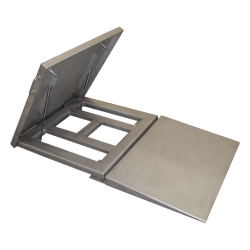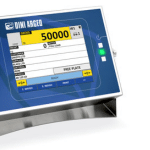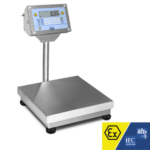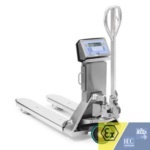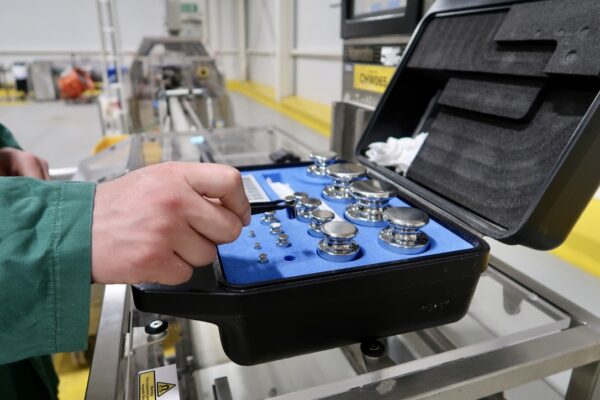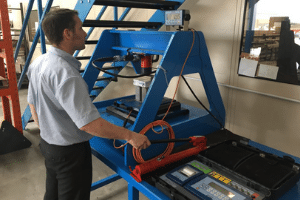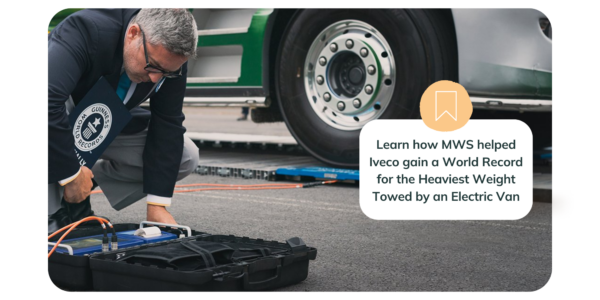On the Road with Abnormal Loads: The Role of Precision Weighing in Transport
Moving Abnormal Vehicle Loads
Moving abnormal loads requires careful planning and adherence to strict regulations to ensure the safety of the public and the integrity of road infrastructure. One of the critical aspects addressed in a movement order is the accurate weighing of abnormal loads. This process involves determining the load’s weight, including axle weights and total gross weights, using certified weighing equipment like weighbridges or portable weigh pads. In this blog post, we will explore the significance of weighing abnormal loads and how it ensures compliance with weight limits and safe transportation.
What Constitutes an Abnormal Load?
Various industries encounter a diverse range of abnormal loads, each with its own specific weighing requirements. Heavy machinery, including excavators, cranes and bulldozers, is a common example, necessitating precise weighing for transport and safety purposes. Industrial equipment, such as oversized generators or turbines, also demands accurate weight measurements before shipment to ensure safe handling and transportation. Moreover, large containers filled with unconventional cargo must be weighed to comply with transportation regulations and prevent overloading.
In the UK, an ‘abnormal load‘ is defined as a large or heavy load that exceeds certain dimensions and weights. Specifically, it includes loads with any of the following characteristics:
- Width: More than 2.9 meters (9′ 6″)
- Rigid Length: More than 18.65 meters (61′)
- Weight: More than 44,000 kilograms (44 Tonnes)
- Why Accurate Weighing Matters
Accurately weighing an abnormal load is of utmost importance for several reasons:
- Compliance with Weight Limits: Weight limits exist to protect roads, bridges, and other infrastructure from damage. By obtaining precise weight measurements, authorities can ensure that vehicles carrying abnormal loads do not exceed these limits.
- Planning Suitable Routes: The weight information obtained from weighing equipment is essential for planning appropriate transportation routes. Routes can be designed to avoid weak bridges or areas with weight restrictions, minimising potential risks to the load and the public.
- Ensuring Road Safety: Overloaded vehicles can compromise road safety by causing accidents due to decreased vehicle control and increased braking distances. Proper weighing helps prevent accidents and ensures the safety of all road users.
- Efficient Resource Allocation: Accurate weight measurements allow for the selection of the appropriate type of vehicle and trailer required for transportation, ensuring efficient use of resources and reducing operational costs.
Legislation and Reporting Requirements
Recent legislation in the UK mandates accurate reporting of axle weights on movement orders. This requirement ensures that relevant authorities are notified of the load’s weight in advance and can enforce compliance with weight limits. It is no longer acceptable to overestimate the load to avoid the need for axle weighing.
Abnormal Loads Weighing Equipment
Weighing abnormal loads is a crucial step in the safe transportation of oversized and heavy cargoes. Compliance with weight limits and reporting accurate axle weights on movement orders are essential to protect road infrastructure and ensure public safety. By using certified weighing equipment and adhering to regulations, transport operators can contribute to smoother traffic flow, reduce potential hazards, and enable the efficient movement of abnormal loads.
If you’re moving abnormal loads, investing in reliable weighing equipment is a small price to pay for the safety and compliance benefits it brings. Working together with Highways Agency and Regional Police forces, MWS has created an Abnormal Load Weighing Kit that provides you with everything you need to accurately weigh your axles.





